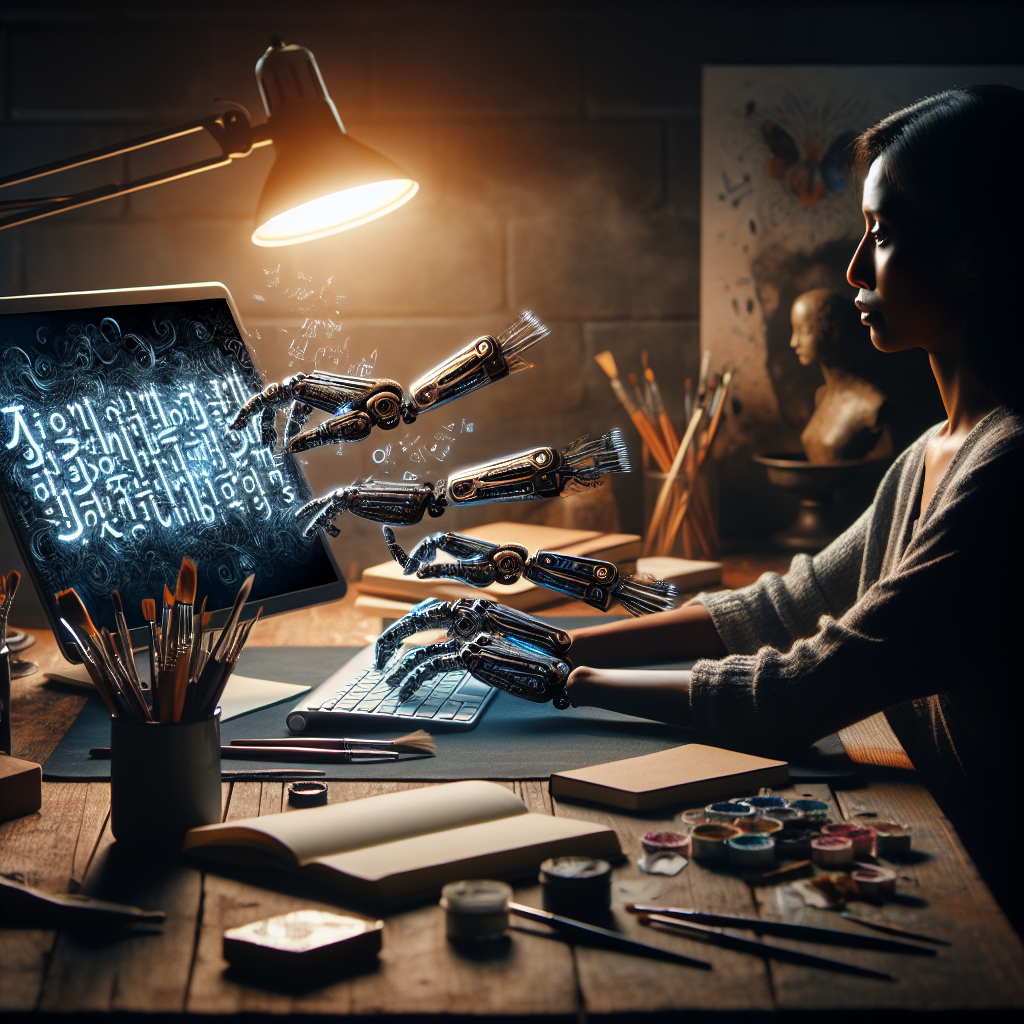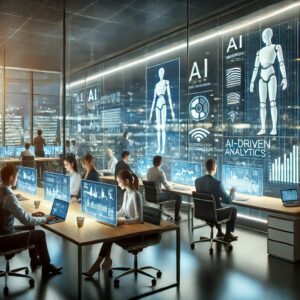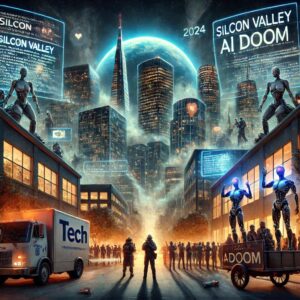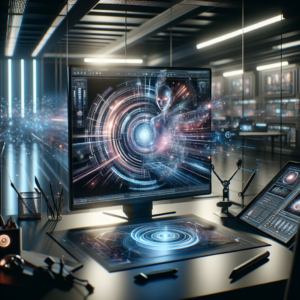How an AI-Written Book Shows Why the Tech ‘Terrifies’ Creatives
In recent years, artificial intelligence (AI) has rapidly evolved, creating remarkable tools that can generate text, music, and even art. This surge of creativity from machines has led to increased interest and speculation about the future of creative industries. One noteworthy example is the publication of an AI-written book, which has ignited discussions about the implications of AI in artistic fields. This article delves into the complexities surrounding AI-generated works and why they can evoke feelings of intimidation among creative individuals.
The Rise of AI in Creative Spheres
AI’s foray into creative domains has sparked a revolution. From generating news articles to composing symphonies, AI technologies have shown a remarkable ability to produce human-like content. The book in question, credited to a machine, reflects this trend, demonstrating how AI can mimic human writing styles and narratives.
Understanding AI Writing
AI writing relies heavily on algorithms and pre-existing data. By training on vast datasets, AI models like OpenAI’s GPT-3 can understand language patterns and generate coherent and contextually relevant text. The creation of an AI-written book serves as a stark reminder of how far technology has come, producing content that can pass as authentic human writing.
However, the concerns arise when we consider the implications of AI’s capabilities. With machines able to write stories, create dialogue, and even mimic the stylistic nuances of famous authors, many creatives are left feeling vulnerable and apprehensive about their future.
The Fear Factor: Why Creatives Are Terrified
The fear among creatives regarding AI-generated works is multifaceted. Here are several factors that contribute to this anxiety:
Job Security
One of the most pressing concerns is the potential for job displacement. As AI tools become more sophisticated, there’s a growing fear that they may replace human writers, artists, and musicians. This leads to existential questions about the value of human creativity in a world where machines can produce similar outputs at a faster pace.
Originality and Authenticity
AI-generated content raises significant questions about originality and authenticity. When a machine creates a piece of writing, is it truly original, or merely a reflection of the data it has been trained on? The line between human creativity and machine-generated content blurs, leaving creatives grappling with the notion of what it means to be an artist in the AI era.
The Risk of Homogenization
Another concern is the potential homogenization of creative works. AI systems tend to rely on existing data, which can lead to repetitive patterns and themes. This raises the possibility of a future where creative expressions become diluted, lacking the diversity and unique perspectives that human artists bring to their work.
AI as a Tool vs. AI as a Creator
While AI tools can enhance the creative process, the distinction between using AI as a tool versus viewing it as a creator is critical. Many artists and writers embrace AI as an ally, leveraging its capabilities to enhance their own creative processes. For instance, writers can use AI to brainstorm ideas, draft outlines, or edit their work, ultimately leading to improved productivity.
On the other hand, viewing AI as a creator in its own right can lead to feelings of competition and fear. If machines are seen as capable of producing works that rival or surpass human efforts, it can create a sense of urgency and anxiety among creatives, pushing them to constantly innovate and prove their worth.
Embracing the Future: Collaboration Over Competition
Despite the challenges posed by AI, there is potential for a harmonious relationship between technology and creativity. Instead of viewing AI as a rival, creatives can explore ways to collaborate with it. This partnership can lead to innovative and exciting outcomes that blend human intuition with machine efficiency.
The Role of Education
Education plays a crucial role in this collaborative future. By equipping artists and writers with the skills to work alongside AI, we can foster a generation of creatives who see technology as an asset rather than a threat. Workshops and courses that focus on AI literacy can help demystify the technology, enabling creatives to harness its potential.
Redefining Creativity
The rise of AI also calls for a reevaluation of what it means to be creative. As machines become more adept at generating content, human creativity may take on new forms. The uniqueness of human experience, emotions, and perspectives cannot be replicated by machines, reminding us that creativity extends beyond mere output.
The Road Ahead: Finding Balance
As AI continues to evolve, the creative landscape will undoubtedly change. While concerns about job security, originality, and homogenization are valid, it is essential to approach the future with an open mind. The key lies in finding a balance where AI serves as a complementary force rather than a competing one.
Encouraging Innovation
Creative individuals must embrace innovation and adaptability. Instead of resisting change, artists and writers can experiment with integrating AI into their work, exploring new styles and methods. This willingness to evolve can lead to groundbreaking art that combines human and machine capabilities.
Advocating for Ethical AI Use
Furthermore, as the technology progresses, advocacy for ethical AI use becomes paramount. Creatives must actively participate in conversations about the implications of AI on their work and ensure that their voices are heard in discussions surrounding technology policies, copyright laws, and fair compensation.
Conclusion
The emergence of AI-generated works has undoubtedly stirred a mix of excitement and fear among creatives. While the technology has the potential to disrupt traditional artistic practices, it also offers opportunities for collaboration and innovation. By embracing AI as a tool rather than a competitor, creatives can navigate this new landscape and redefine the boundaries of what it means to create. Ultimately, the future of creativity lies in finding a balance between human ingenuity and technological advancements, allowing both to coexist and thrive.



